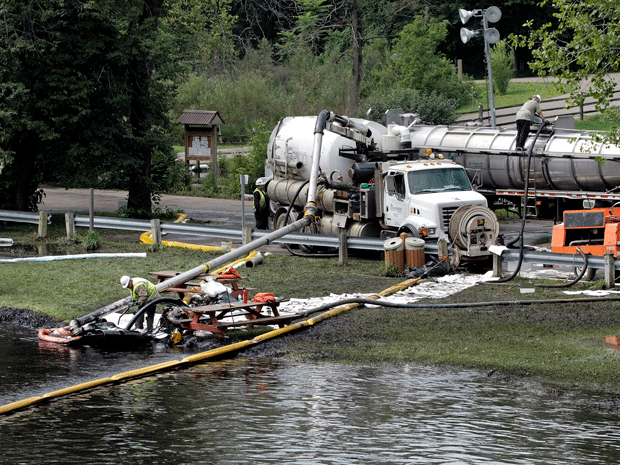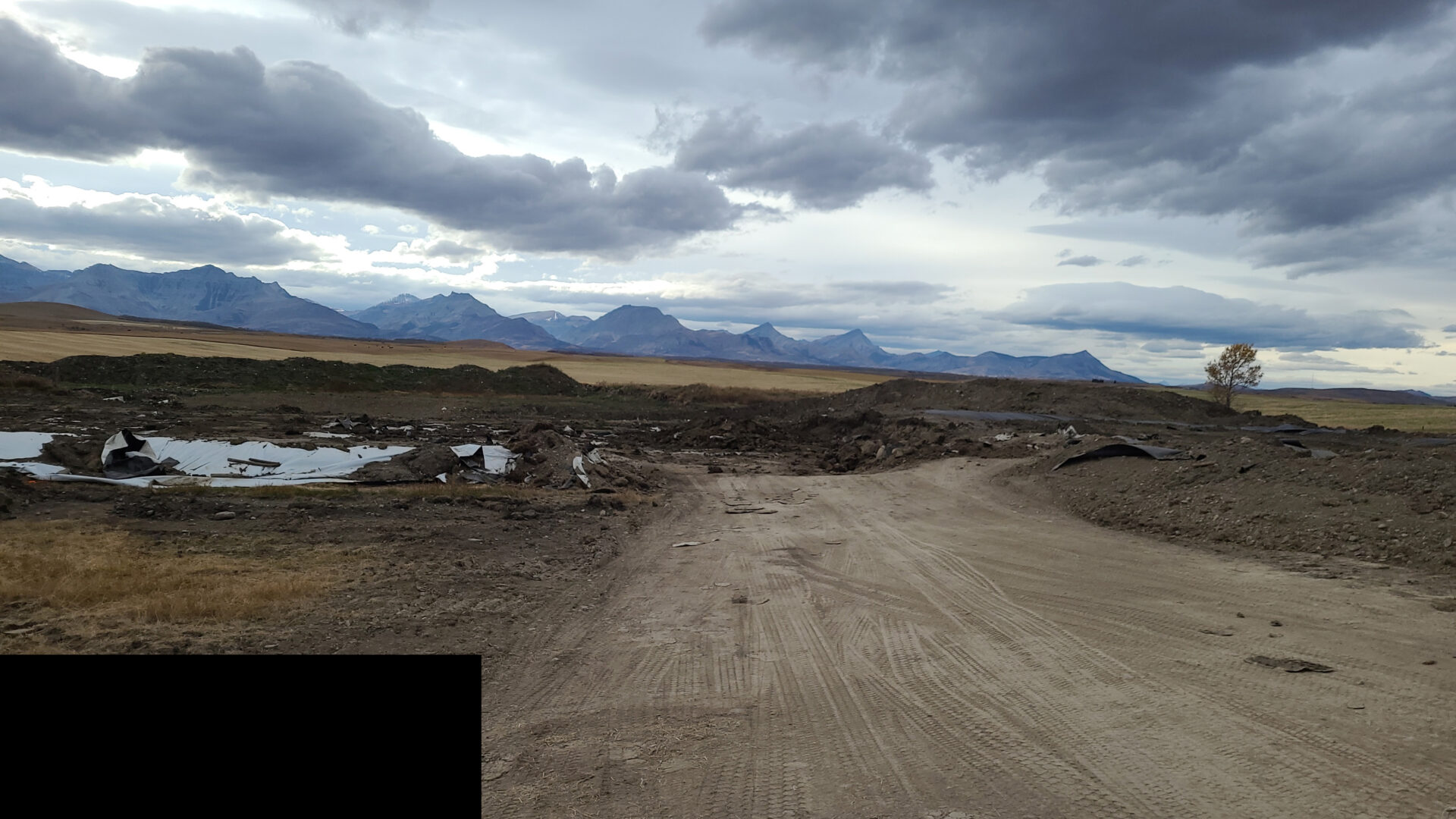The risk an environmental release poses does not necessarily equate to actual harm. The risk more accurately reflects the likelihood and severity of potential harm occurring. The harm that occurs is the result of numerous complex factors such as the volume of a spill, what the fluid is, how close it is to human activities or sensitive habitats, soil conditions or even rainfall patterns. There is a government mandate for industry to clean up spills in such a manner that they do not pose an unacceptable risk to the public or the environment, and make sure land that is disturbed can be returned to its prior use.
Where do the guidelines come from?
Guidelines for spill cleanup are developed by the government regulator using a risk-based framework. For each chemical data is gathered on how toxic it is to humans, to fish, to the bacteria in soil, to livestock and others, both in the short and long term. Each guideline is calculated based on peer reviewed scientific papers which investigated what dose of the chemical started to show effects on the test subjects (such as decreasing growth, smaller offspring or a variety of other symptoms). New information is incorporated as it becomes available. For many chemicals human specific data is not available, so safety factors depending on the quality and type of data are applied to the dose which had no effect. For example, if a daily 2 mg/kg dose of a chemical was determined to have no short-term effect on a sample of rats, and the data was being extrapolated to humans, who may have varying tolerances to a chemical and may be susceptible to long term effects, each of those factors would result in applying a safety factor of 10 to the amount that would be expected to have no effect in humans.
It should be noted that the calculation to set guidelines for carcinogens is slightly different, as a dose which has no effect cannot be calculated. For carcinogens the acceptable risk is generally considered by most regulators to be a daily dose throughout a lifetime which would not increase your chances of getting cancer by more than 0.0001%. To put that in perspective, the average risk of getting cancer is 39.66 % for men and 37.65% for women (American Cancer Society, 2018). We often expose ourselves to much higher cancer risk when we go outside with no sunscreen, drink alcohol, eat red meat, or live on a planet with natural background radiation.
Environmental guidelines also consider how much of a chemical will reach humans or an ecosystem based on models of how the chemical travels through soil, air and groundwater. Factors such as land use come into play, if a spill occurs in an industrial area where adult workers only spend 8 hours a day there would be less risk than if a spill occurred in a residential area where toddlers may be eating dirt 24 hours a day. If a spill occurred in an area where there were no nearby streams or water wells, the guidelines may be adjusted as they would not need to account for fish or humans drinking water. Conversely, if a spill occurred directly beside a sensitive wildlife species habitat or a day care, the guidelines would be more stringent as they must account for the most sensitive receptor near a spill. Cleaning up a spill can be very resource intensive, and those resources themselves come with environmental and economic costs. The guidelines help us to decide at what point the cost of additional cleanup outweighs the risk that residual amounts of a chemical remaining in the environment. Current guidelines are set at a point such that actual harm is highly unlikely if they are followed.
The 360 team takes a measured approach to evaluating environmental risk with all stakeholders including industry, regulators, and the public, both during project planning and in spill response and spill clean-up scenarios to implement economic, effective, evidence-based solutions. For more information, please contact Veronica Daigle at vdaigle@360elm.com, or at 403-791-1999.
Part 2 to be continued next week: Environmental Risk Management – The dose makes the poison

























































